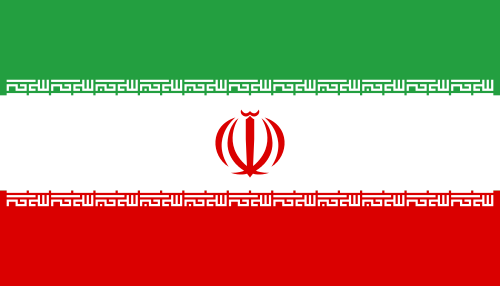Iran University of Science and Technology - Tehran
Date Establishment
2023
World Ranking
501
Master
608
Academic Staff
608
Students
10837
International Students
551
The University of Science and Technology of Iran, established in 1308 as the Higher Institute during the Qajar era in Tehran, is considered one of the top universities in Iran. The main campus is located in Tehran, with additional branches in Bushehr, Damavand, and Noor.
The university has undergone several upgrades and expansions since its inception. The Damavand unit, launched in 1384, offers a bachelor's degree in Mechanical Engineering and is currently under development. The Noor branch, established in 1983, has an active student population of 200 and offers master's degree programs in 13 fields.
The Behshahr branch was founded in 1373 and initially admitted students to three programs: computer science, industrial engineering, and applied mathematics. In 2009, electrical engineering was added to the list of programs. It's worth noting that this branch only offered night classes until Shahrivar 1388. After this period, the university began admitting students to electrical and applied mathematics engineering. In 91, the Behshahr branch was renamed the Mazandaran University of Science and Technology.
Over the years, the institution has been renamed several times and relocated:
- At its establishment in 1308, it was known as Art Saray Ali and was located on St. Tir.
- In 1336, it was renamed the Tehran Institute of Technology.
- In 1342, it moved to Art Sarai in Narmak, its current location.
- In 1351, it became the Faculty of Science and Technology of Iran.
- In 1357, it was promoted to the University of Science and Technology of Iran.
Currently, the university has 10,837 students and 608 lecturers. It has published 23,244 scientific articles in domestic journals and conferences, 13 of which are specialized journals. The university has organized 78 conferences and has a student body of 32,000 undergraduates and postgraduates.
The Iran University of Science and Technology has 15 faculties and three independent departments, including Islamic Culture and Education, Physical Education and Sport Science, Foreign Languages.
_School of Electrical Engineering
_Faculty of Management, Economics
_School of Automotive Engineering
_School of Railway Engineering
_School of Chemical Engineering, Oil and Gas
_Faculty of Industrial Engineering
_Faculty of Civil Engineering
_School of Computer Engineering
_School of Mechanical Engineering
_School of Materials and Metallurgy Engineering
_School of Architecture and Urbanism
_Mathematics School
_Faculty of Physics
_Chemistry College
_New Technologies College
The University of Science and Technology in Iran stands out from other academic centers for several reasons:
- It has published **five international and specialized journals** for the first time in the country.
- It is the **only holder** of a University Research Products Collection among universities in Iran.
- It has established the **School of Automotive Engineering** for the first time in Iran, in cooperation with the Organization for the Development and Renovation of Iranian Industries.
- It has founded the **Iranian Neural Technology Center**, further contributing to its academic excellence.
- In the Shanghai ranking, which evaluates the quality of education, faculty members, research outputs, and per capita performance of the university, the Iranian University of Science and Technology has achieved a significant ranking. It is placed **between 900 and 801** among the top 1,000 universities in the world, showing an improvement from the previous year's ranking (1000–901).
These achievements reflect the university's commitment to academic excellence and its significant contributions to various fields. Congratulations to the University of Science and Technology in Iran for these accomplishments! 🎉
Iran University of Science and Technology offers a wide range of facilities to its students. These include eight dormitories that house 3,050 students, with 2,246 male and 804 female students.
The university's main library spans 2,000 square meters and houses a vast collection of resources. This includes 108,321 books, 1,033 periodicals per year in 60,000 volumes, 2,300 CDs, 690 microfilms, 2,092 dissertations, and 30 electronic book databases.
The sports facilities at the university are extensive, catering to a variety of indoor sports such as basketball, volleyball, and football. Other sports offered include taekwondo, judo, karate, ping pong, chess, badminton, wrestling, kung fu, weightlifting, fencing, mountaineering, shooting, tennis, and bodybuilding. Separate facilities are available for male and female students.
Additional facilities at the university include a mosque, a public polyclinic center with a cardiology and ophthalmology section, a women's medical eye clinic, a skin medicine clinic, and a dental clinic. Other amenities include a post office, a bank, a bookshop and stationery store, a bindery, photocopying services, a photography atelier, self-service restaurants and individual food buffets for students, restaurants for academic members and office staff, a coffee shop, a barber shop, a bakery, a supermarket, and a daycare center.
These facilities collectively contribute to a comprehensive and conducive learning environment for the students.
The initial registration fee for students at the university is $50. An annual fee of $50 is also required. For those interested in the Persian language course, which caters to all levels from beginner to advanced, the fee is $300.


